
Carolyn Gramling
Earth & Climate Writer
Carolyn Gramling is the Earth & Climate writer at Science News. Previously she worked at Science magazine for six years, both as a reporter covering paleontology and polar science and as the editor of the news in brief section. Before that she was a reporter and editor at EARTH magazine. She has bachelor’s degrees in Geology and European History and a Ph.D. in marine geochemistry from MIT and the Woods Hole Oceanographic Institution. She’s also a former Science News intern.

Trustworthy journalism comes at a price.
Scientists and journalists share a core belief in questioning, observing and verifying to reach the truth. Science News reports on crucial research and discovery across science disciplines. We need your financial support to make it happen – every contribution makes a difference.
All Stories by Carolyn Gramling
-
 Climate
ClimateEurope’s latest heat wave has been linked to climate change
Global warming made the June heat wave at least five times more likely to happen.
-
 Climate
ClimateIs climate change causing Europe’s intense heat? A scientist weighs in
Science News talks with climate scientist Karsten Haustein about attributing extreme heat events in Europe and South Asia to climate change.
-
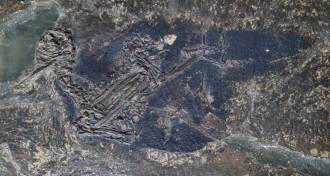 Paleontology
PaleontologySigns of the color blue have been found in a fossil for the first time
Scientists think they’ve spotted hints of blue plumage in a fossilized bird from 48 million years ago.
-
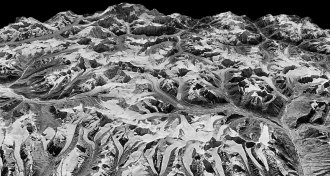 Climate
ClimateCold War–era spy satellite images show Himalayan glaciers are melting fast
Declassified spy satellite photographs reveal that glacier melt in the Himalayas has sped up dramatically in the last two decades.
-
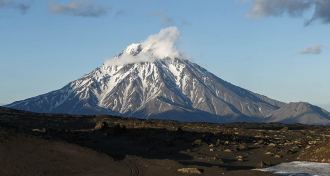 Earth
EarthIs a long-dormant Russian volcano waking up? It’s complicated
Scientists debate how to interpret seismic activity near Bolshaya Udina on the remote Kamchatka Peninsula.
-
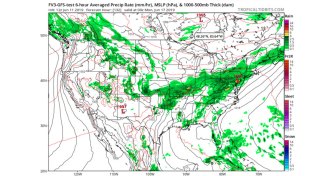 Climate
ClimateThe National Weather Service has launched its new U.S. forecasting model
The United States has finally unveiled its new, highly touted weather prediction model, but some scientists worry that it’s not ready for prime time.
-
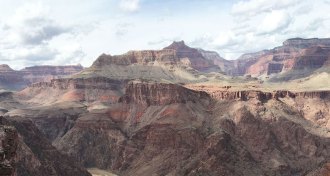 Earth
EarthSoil eroded by glaciers may have kick-started plate tectonics
How plate tectonics got going is a mystery. Now scientists say they’ve found a key part of the story: massive piles of sediment dumped in the ocean.
-
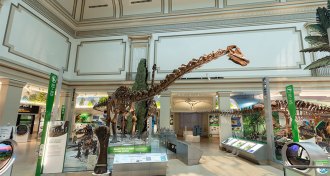 Science & Society
Science & SocietyThe Smithsonian’s ‘Deep Time’ exhibit gives dinosaurs new life
The Smithsonian’s renovated fossil hall puts ancient dinosaurs and other creatures in context.
-
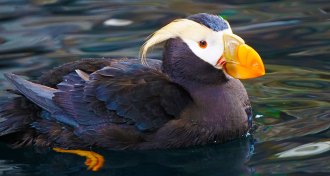 Climate
ClimateThousands of birds perished in the Bering Sea. Arctic warming may be to blame
A mass die-off of puffins and other seabirds in the Bering Sea is probably linked to climate change, scientists say.
-
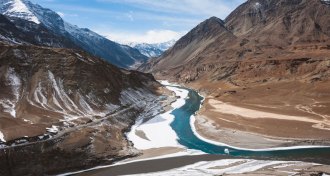 Climate
ClimateHimalayan glacier melting threatens water security for millions of people
Asia’s glaciers are melting faster than they are accumulating new stores of snow and ice.
-
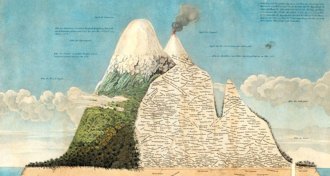 Earth
EarthThis iconic Humboldt map may need crucial updates
A seminal, 212-year-old diagram of Andean plants by German explorer Alexander von Humboldt is still groundbreaking — but outdated, researchers say.
-
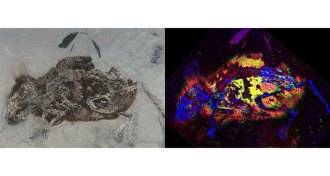 Paleontology
PaleontologySigns of red pigment were spotted in a fossil for the first time
For the first time, scientists have identified the chemical fingerprint of red pigment in a fossil.